Peppermint
it unpretentious care a bush with an inspiring summer scent. It is easy to grow it at home by planting seeds in the ground, or by rooting a fresh twig. Mint loves good lighting, so you should place it on a windowsill on the sunny side. For mint to grow faster, watering should be moderate - only after the soil has dried.
The dried leaves of the plant can be made into sachets, refreshing tea additives, and also used for preparing cold drinks. Mint can be crushed, placed in a saucer and placed on the edge of the bathtub during water treatments: the hot steam will enhance the aroma, turning ordinary bathing into aromatherapy.
Myrtle
The famous house plant with tough, fragrant leaves actively purifies the air, saturating it with essential oil vapors. Bitter herbal aroma with subtle eucalyptus nuances helps to relax, calm down, and reduce the effects of stress.
It is believed that myrtle helps prevent colds and tune in to productivity. Also, its smell allows you to create an atmosphere of home comfort.
Myrtle loves light, but is afraid of direct sunlight. Needs constant and even watering.
Fragrant geranium
The plant, so beloved by most of our grandmothers, is still popular. Geranium blooms with bright inflorescences almost all year round. Her aroma is very pronounced and specific, so not everyone likes it: we recommend that you first smell the plant in the store and make a purchase decision.
Gardeners claim that different varieties of geraniums smell like lemons, nutmegs or apples.
The plant is undemanding to care, grows well both in the light and in partial shade. Loves moderate watering, does not tolerate spraying. Actively cleans the air, repels mosquitoes and treats headaches.
Jasmine Sambac
Evergreen indoor liana with an abundance of small snow-white flowers with a wonderful aroma. With proper care, it looks noble and elegant. Jasmine Sambac is one of the most unpretentious species that can withstand a warm indoor winter.
Flowers appear from March to October, their smell is spicy, sweet, it can seem heavy - jasmine is called the king of fragrances for a reason.
Perfume compositions for perfumes and cosmetics are created on the basis of the plant. The flowers can be put into tea leaves as a natural flavoring agent.
Laurel
A beautiful slow-growing shrub that, with proper care, will become small tree... Its leaves have a zesty herbal scent familiar to everyone.
The plant loves the sunny side and good watering. Once a month, it needs a shower for the leaves, after which they exude the most delicate scent of laurel.
To use scented laurel when cooking, trim the old shoots and leaves to the root and dry.
Hoya meaty
Curly ampelous vine designed for vertical interior decoration, differs in graceful, white-pink flowers-stars, collected in umbrella-shaped inflorescences.They have a strong spicy aroma, similar to the smell of liqueur.
If you place an abundantly blooming hoya in a small room, the pronounced aroma can cause slight dizziness, so we recommend placing the plant in spacious rooms.
Hoya needs abundant watering, but does not like dampness. Calmly tolerates sunlight.
Calamondin
The indoor citrus tree plant is one of the most powerful phytoncides - calamondin contains substances that kill or inhibit the growth and development of bacteria.
It soothes and tones at the same time, as well as purifies and heals the air in the room. Its aroma reduces depression and helps to tune in an optimistic mood.
The aroma is exuded not only by the white flowers, but also by the leaves. The fragrance of the flowers is reminiscent of eau de parfum. The fruit of calamondine is edible and tastes similar to lemon.
Room rose
A rose bush in a pot looks elegant and charming, having a beneficial effect on a person not only by its appearance, but also by the aroma of flowers. And although roses are less common at home than outdoors, they are becoming more popular due to the wide range of varieties.
Those who grow roses at home note that they smell more fragrant indoors than outdoors.
The delicate scent of roses is believed to reduce irritability and help normalize metabolism. Dry air and an abundance of direct sunlight are contraindicated for the plant.
Lavender
A purple herb with a soothing scent. Often used as an ingredient in various skincare products and sachets, lavender can also be added to tea and some salads.
Helps with insomnia, repels insect pests. Suitable for those who do not like strong smells.
Lavender looks best in a ceramic pot. Needs moderate watering and a drainage layer.
Araucaria
An elegant coniferous tree with bright green needles that can be grown in an apartment. Its natural forest smell saturates the air with phytoncides, filters and moisturizes it, which helps to improve the microclimate in the house. In December, the plant can be decorated instead of a Christmas tree - its aroma will give you a New Year's mood.
Rarely grows above 2 meters. Needs coolness - the most comfortable temperature in summer is 20 degrees, and in winter about 10.
The delicate scent of the listed plants is a worthy alternative to air fresheners and interior perfume. Make sure that the concentration of essential oils contained in them does not cause headaches - for this, air circulation must be constant.


 10 practical tips for arranging a small kitchen in the country
10 practical tips for arranging a small kitchen in the country
 12 simple ideas for a small garden that will make it visually spacious
12 simple ideas for a small garden that will make it visually spacious
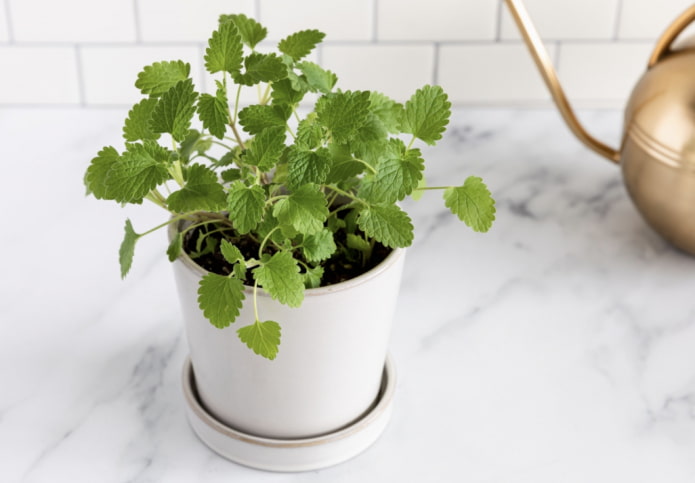
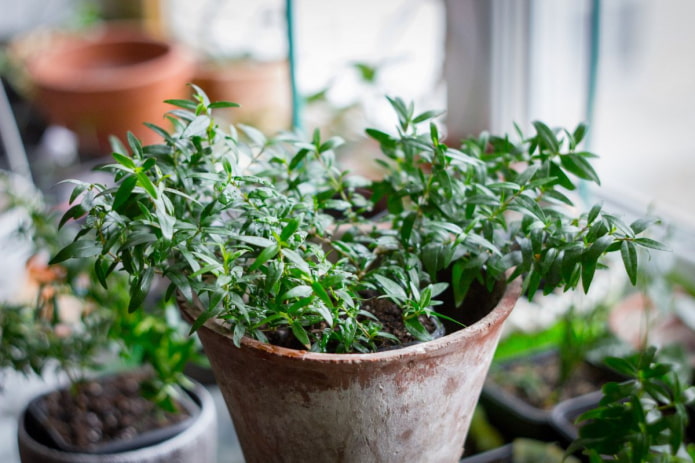
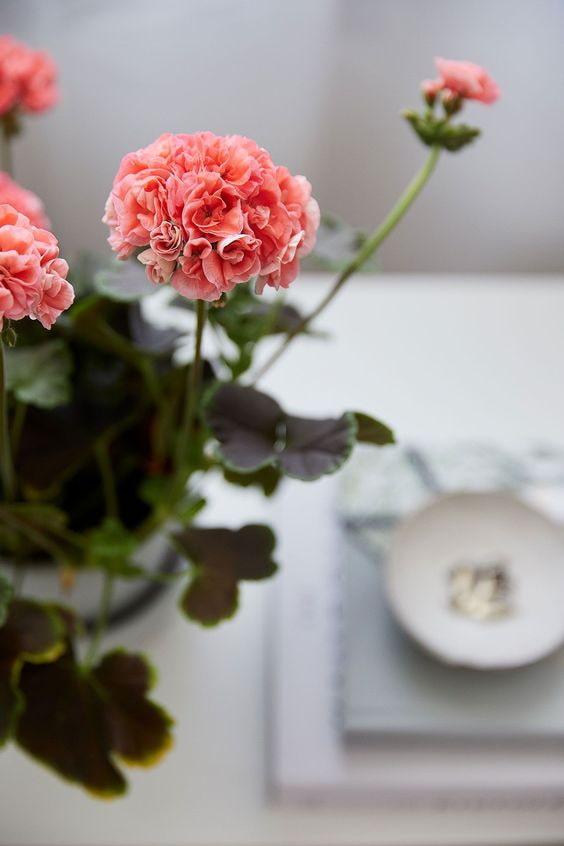
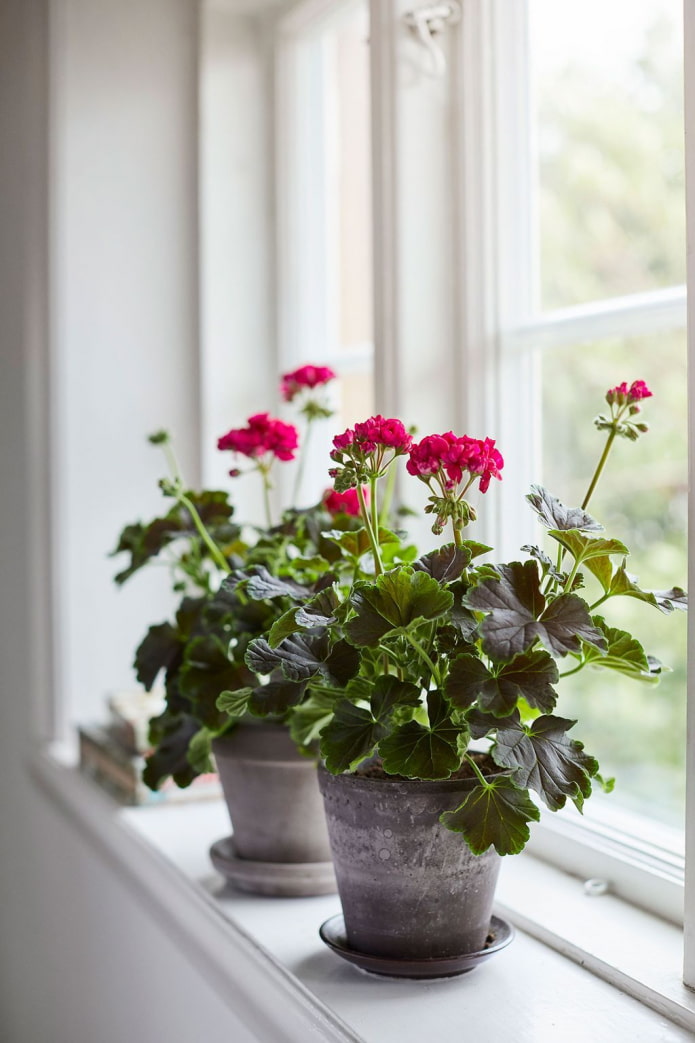

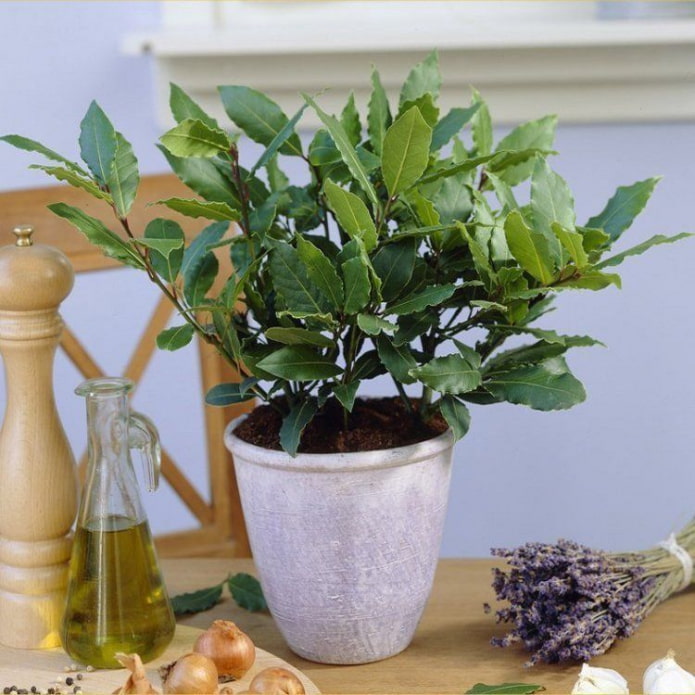
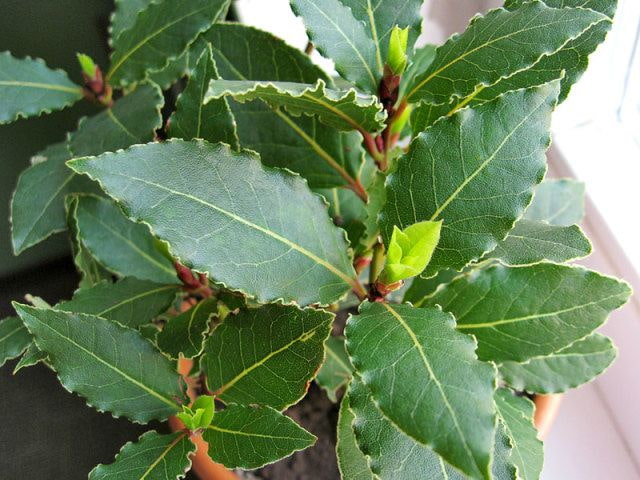
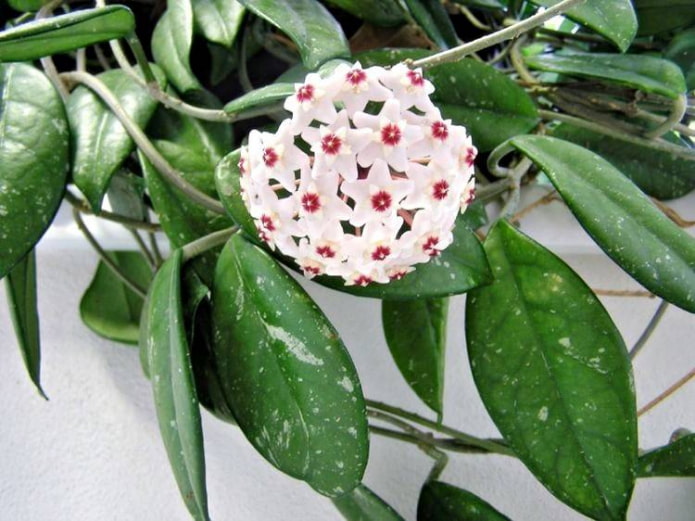
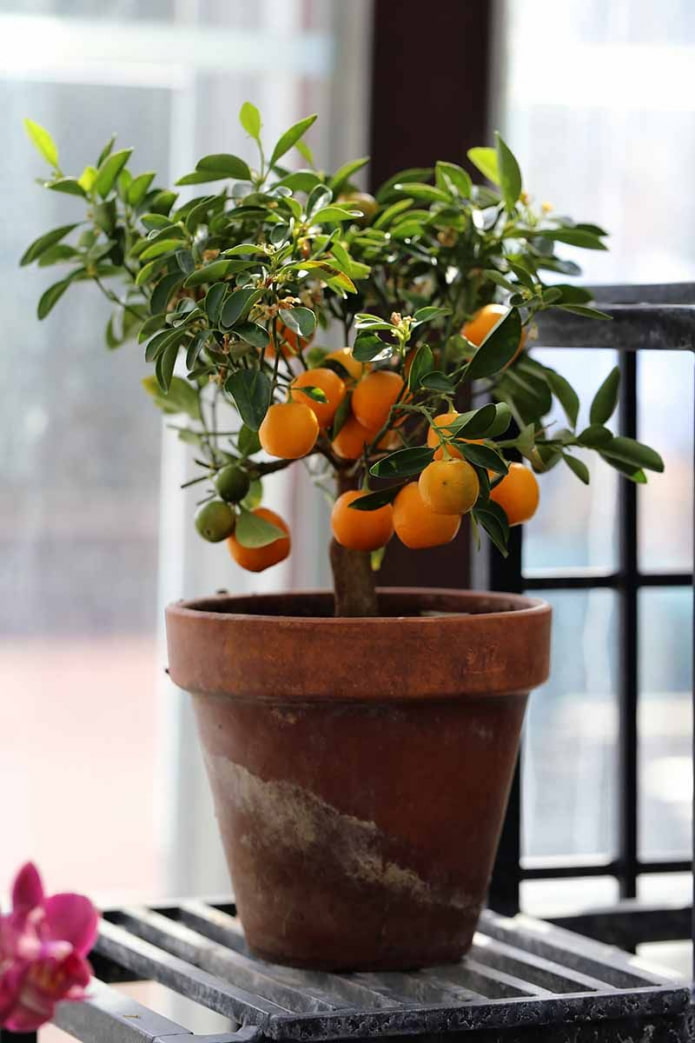
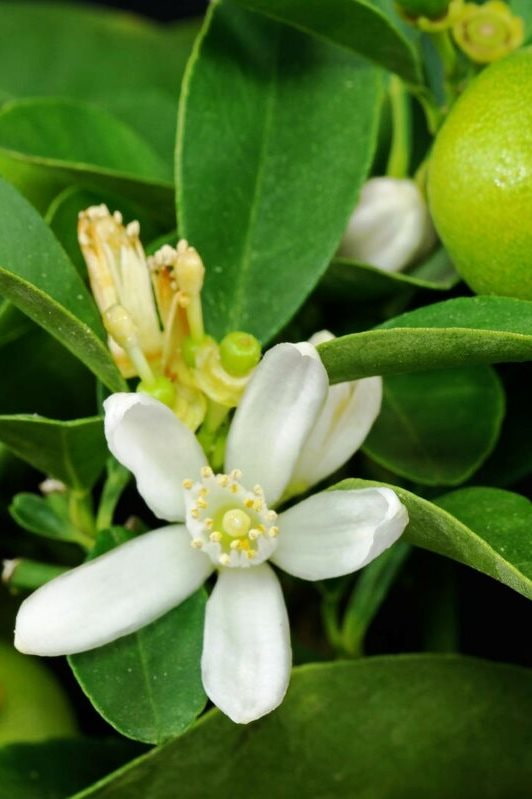
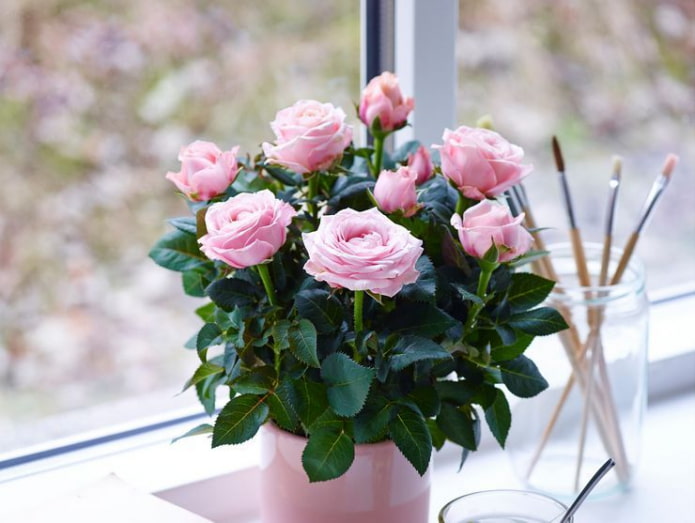
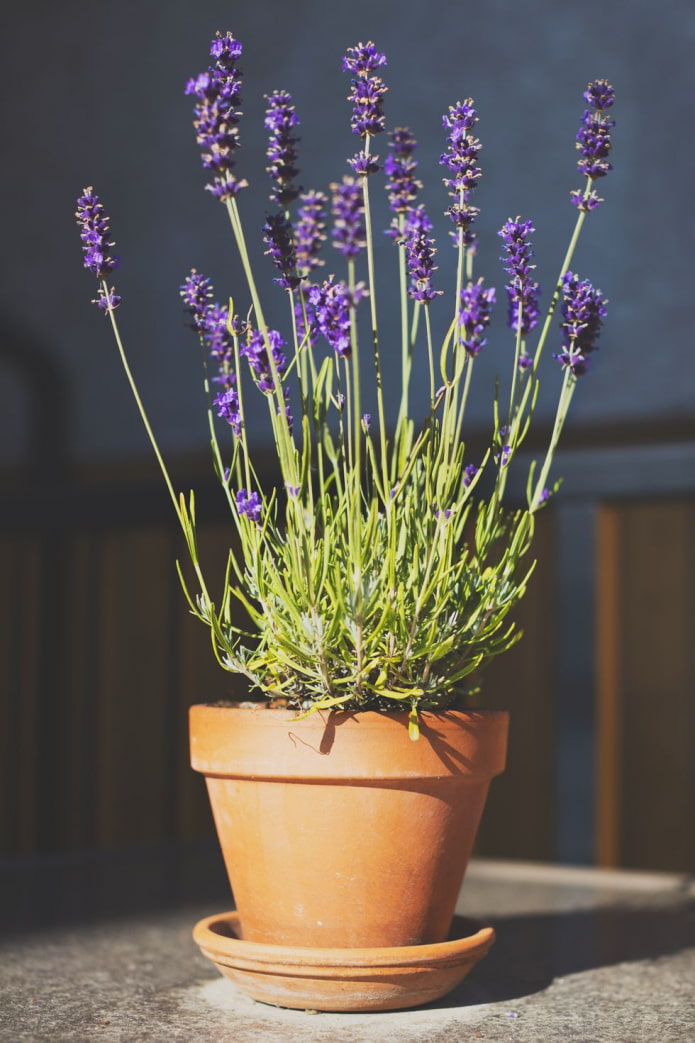
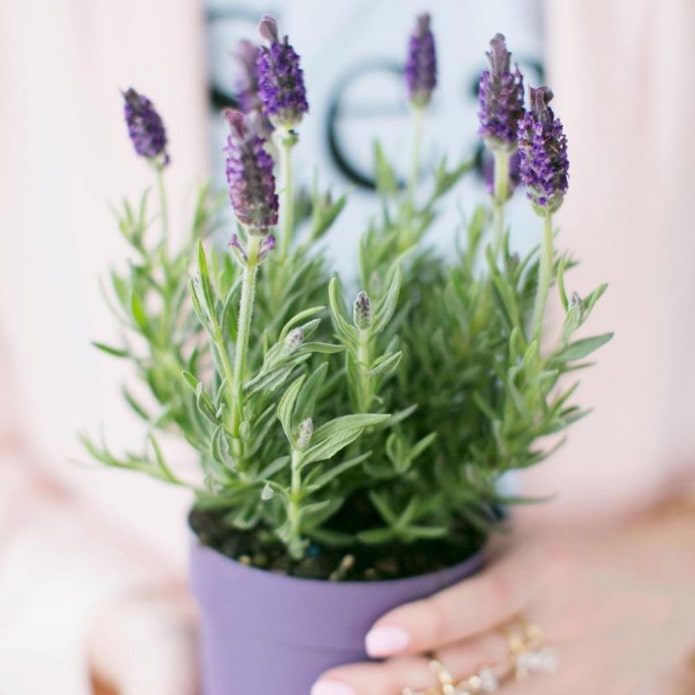
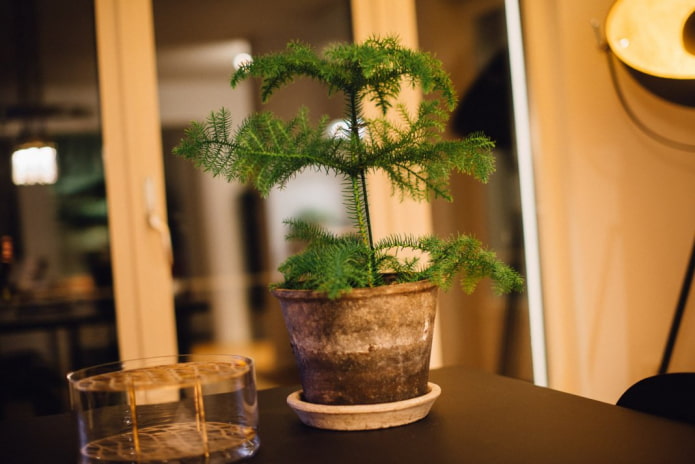
 13 bad habits a good housewife shouldn't have
13 bad habits a good housewife shouldn't have 24/7 home cleanliness - 4 secrets for the perfect housewife
24/7 home cleanliness - 4 secrets for the perfect housewife 6 hotels in Sochi that will give odds to the promoted foreign hotels
6 hotels in Sochi that will give odds to the promoted foreign hotels Top 10 interior design trends 2020
Top 10 interior design trends 2020 Rating of cheap TVs with Smart-TV
Rating of cheap TVs with Smart-TV New Year's LED garlands on AliExpress - we disassemble while it's hot, so that it's bright at home
New Year's LED garlands on AliExpress - we disassemble while it's hot, so that it's bright at home